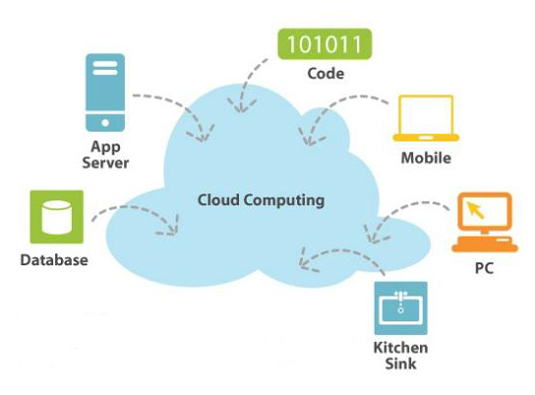You need more than your paper résumé to stand out from the crowd. By displaying your skills, qualifications, and abilities, a résumé used to indicate whether you could do a particular job or not. But now that most jobs are knowledge jobs and business is so much more complicated than pushing buttons, employers need more rounded information on candidates.
With social media, you have an opportunity to not only clarify whether you can do the job but also help a hiring manager determine your motivation level and whether you’d be a good fit for the company long before you reach the interview stage. In fact, if you’ve run your job search right by using the many social media tools available, you may hear a hiring manager say at the first interview, “I feel like I already know you.”
Here are some of the benefits of supplementing a paper résumé with an online version:
You remain in control of the document. If you make a change in one location, everyone reading that document can see the update. For example, if you get a promotion, you just have to update your online résumé to let other people know about it, rather than send out multiple copies of an updated hard-copy résumé.
You can show your current value, rather than just your past. In other words, you can customize your online résumé to include more details about how you can help the company or hiring manager deal with a current issue or problem. You can also incorporate video, images, and color into your résumé to demonstrate your professionalism.
You can show some personality. Because you’re breaking away from the tired-out paper résumé format, you have much more flexibility to show your true colors. You can create a strong first impression as a likable guy or gal who’s always motivated to do well at every undertaking.
dummies
Source:http://www.dummies.com/how-to/content/benefits-of-online-resumes-for-your-job-search.html
